The OnePlus 12 was launched recently and this is the 4th year of the collaboration between Hasselblad and OnePlus, which started with the OnePlus 9 series, where they initially had decided to invest 150 million over the next three years in the development of the cameras. Now I have used all the devices since the OnePlus 9 and some of the cameras have been really good and some not. But what’s exciting about this camera is that OnePlus has changed their thought process in this one. Which makes it exciting for the people that were waiting for a phone like this.
Camera Set Up
At first glance you can immediately understand that the cameras of the 12 are much bigger than the 11 and the telephoto lens is different. Also the small touches given to the camera module are interesting, like when the light hits the camera module then you can see that slight glitter with the flowy emerald design also has its touch inside the camera module as well.
Now what’s very interesting about the camera of the 12 is that it is the same set up as the OnePlus Open, except the placements of the camera.
Triple Cameras
- Wide: 50 MP, f/1.6, 23mm, 1/1.43″, 1.12µm, multi-directional PDAF, OIS
- Telephoto: 64 MP, f/2.6, 70mm, 1/2.0″, 0.7µm, PDAF, OIS, 3x optical zoom
- Ultra-Wide: 48 MP, f/2.2, 14mm, 114˚, 1/2.0″, 0.8µm, PDAF
- Rear Video: 8K@24fps, 4K@30/60fps, 1080p@30/60/240/480fps
- Front: 32 MP, f/2.4, 21mm (wide), 1/2.74″, 0.8µm
- Front Video: 4K@30fps, 1080p@30fps, gyro-EIS
And the phone is powered by the latest Snapdragon Gen 3 processor. The phone that we have reviewed is the maxed-out version with a 16GB RAM and the 512 GB storage. The good thing is that there is a major bump from the cameras of the OnePlus 11, which also had a 50-MP and a 48-MP cameras, but the telephoto was only 32-MP and the front camera was a 16-MP one.
Daylight Wide Camera
The main camera is powered by the 50-MP Sony LYT808 sensor, which is a stacked sensor and it is supposed to let it 25% more light than before. This will give you a 23mm focal range to shoot from and the actual output of this camera is at 14.3 MP, which is better than the 12 MP of the OnePlus Open and the 12.5 MP of the OnePlus 11.

The images from the phone are good. They are sharp and detailed, well saturated as well, but they seem slightly vibrant than the original scenes. In most cases I felt that the colours were really popping out as opposed to what the actual scene was. But yes, in general nothing to complain about the wide camera.
The phone has a new HDR algorithm and we had also kept the HDR setting to Auto, and in this case I thought the performance was ok, nothing different than what I had seen in the previous phones.
Daylight Ultrawide Camera
For the ultrawide the phone offers a 48-MP camera which shoots at 14mm and also doubles up as the macro camera.

The images from the phone are sharp and detailed but the performance is varied and inconsistent. In some cases, the images from the phone are slightly contrasty and in the others, there is a slight reddish tinge as well in them. The colours however are good and saturated and continues the vibrancy in this lens as well. But there is visible distortion in the images that I shot and I wish that all wide lenses would have better distortion performance overall in all phones.
Daylight Telephoto Camera
The 12 has a new 64-MP OmniVision telephoto lens, and it’s the same one that is featured in the Open and also the iQOO 12 as well. This shoots at 70mm on 3x and can go all the way upto 120x as well.

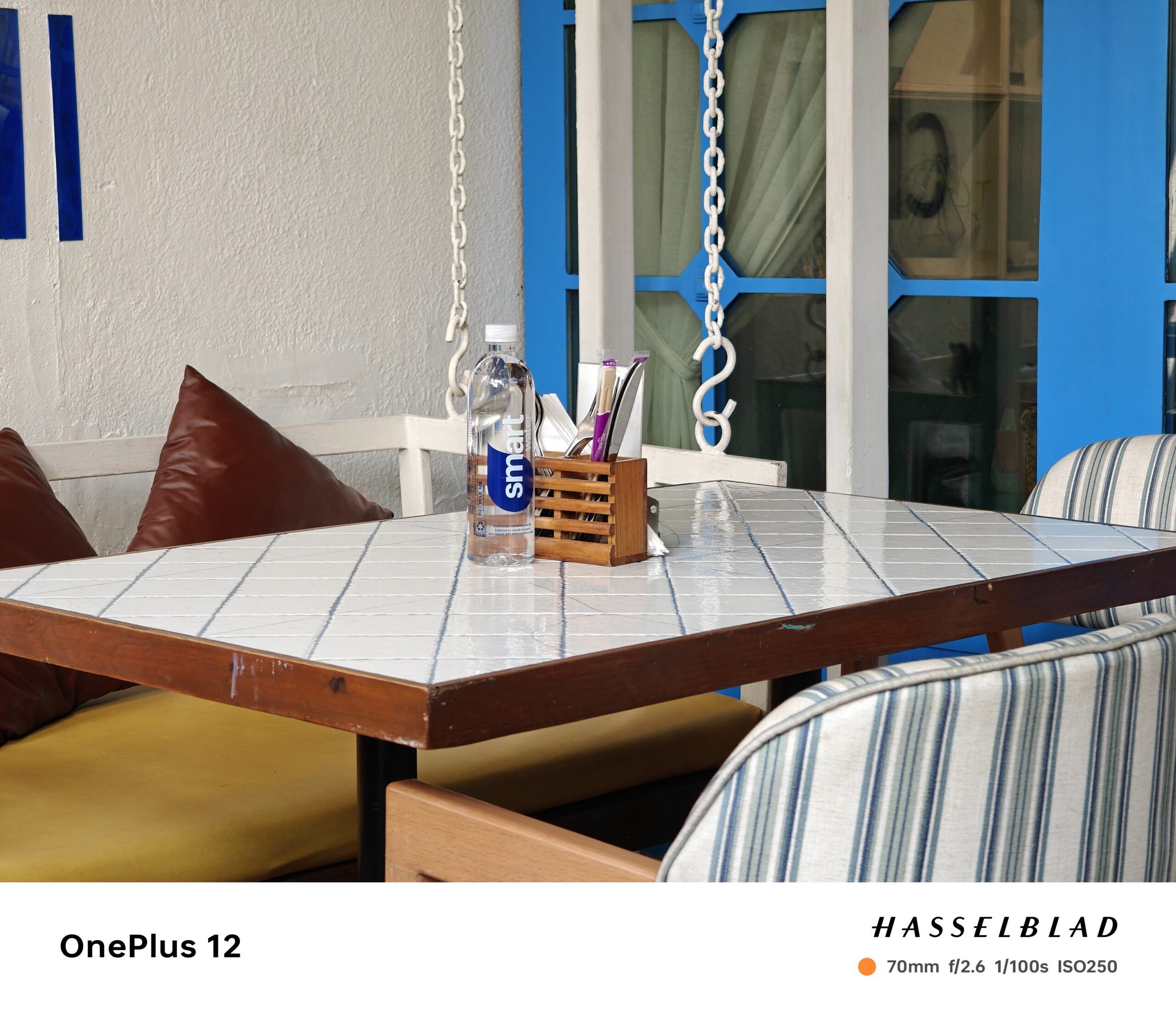
And the images much like the Open are really good. OnePlus has found a great partner in OmniVision for this camera and it really works for them. The images are sharp, well saturated and really detailed. But yes, there is a slight difference in the image from the 2x to 3x. For instance, the images shot at 2x show a different colour while 3x and above show a different colour. But the resolution and sharpness of this lens is really good. And easily the telephoto is the best lens that it has.
Lowlight Wide Camera
In terms of lowlight the performance of the wide camera is good. Much like the daylight it delivers good and sharp images, the images look slightly pushed in some cases, but the output is nice. Infact the shadows and highlights also in this case come out well and the performance of the HDR is pretty good.
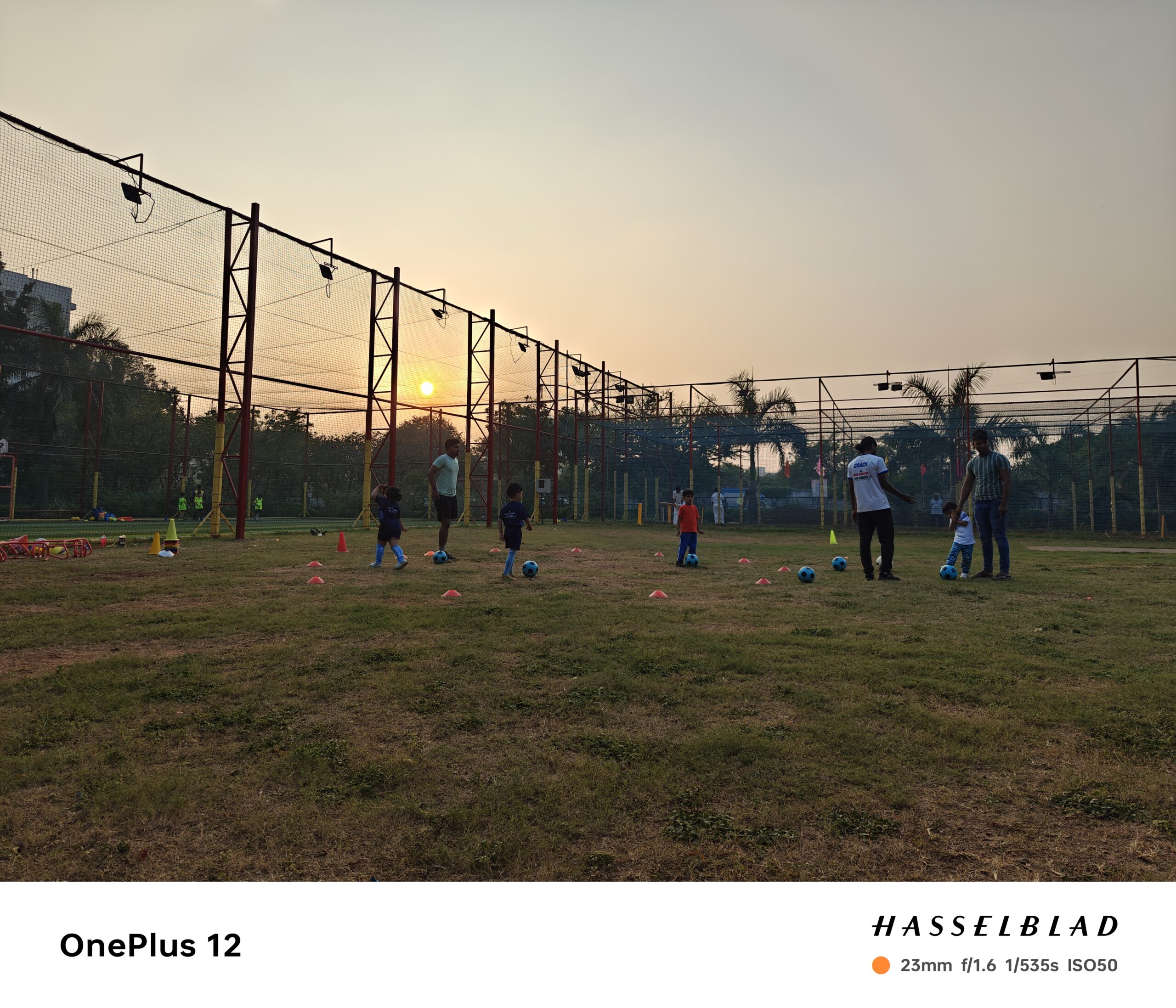
Lowlight Ultrawide Camera
And the performance in the ultrawide is also similar. Good output, well saturated images, sometimes they are slightly processed but from the normal perspective they are pretty good. Although underexposed sometimes, the images overall were decent and like most lens in the ultrawide category, the sharpness could be better.

Lowlight Telephoto Camera
Like daylight, the telephoto in lowlight is also pretty good. It delivers consistent performance and also the images are sharp, detailed and well saturated. Yes, on zooming in a lot you will find that the images aren’t sharp, but in most cases you aren’t really going to use that in such cases anyways. Although there were these occasional cases when I saw some colour fringing but that was just one odd occasion and you can surely give it a pass.
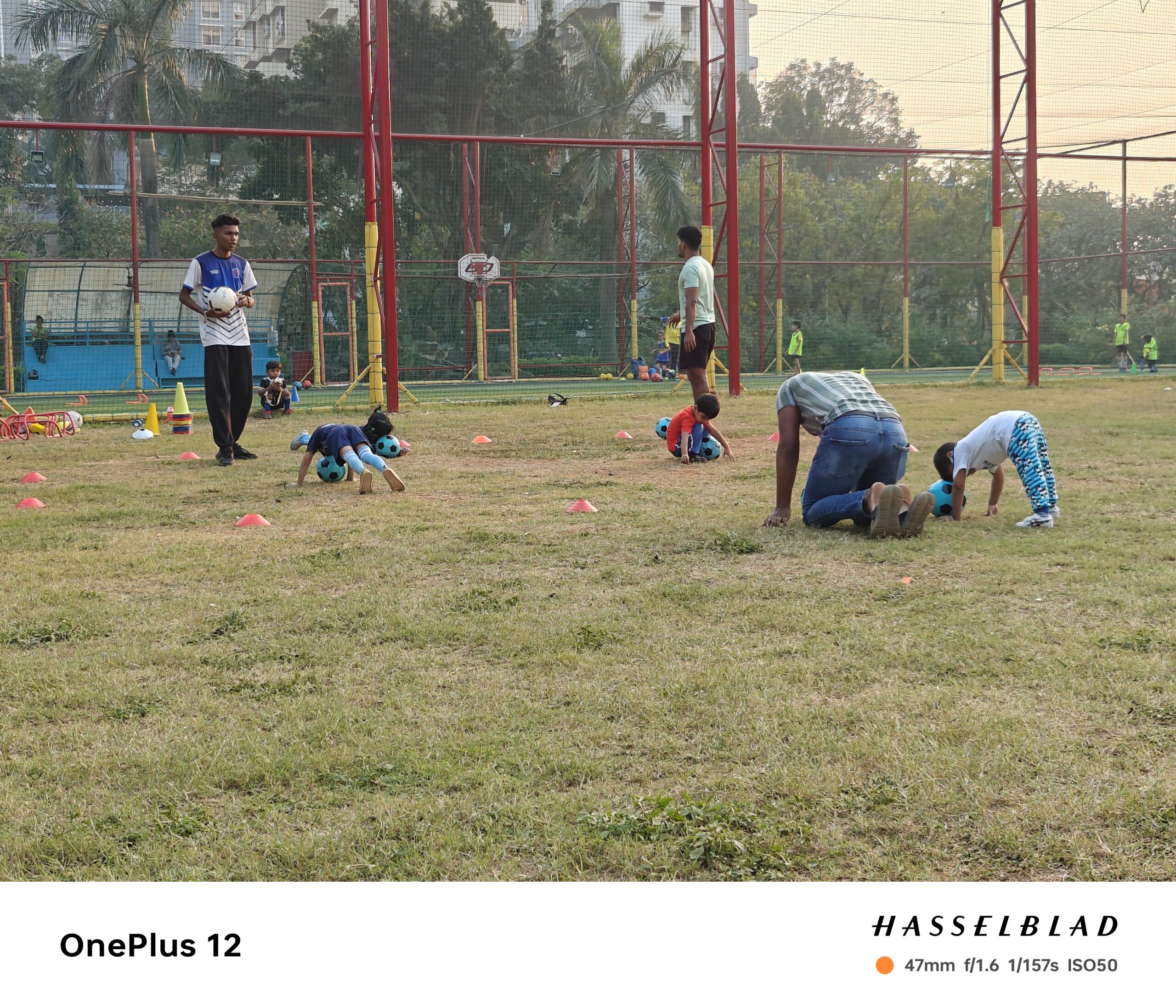
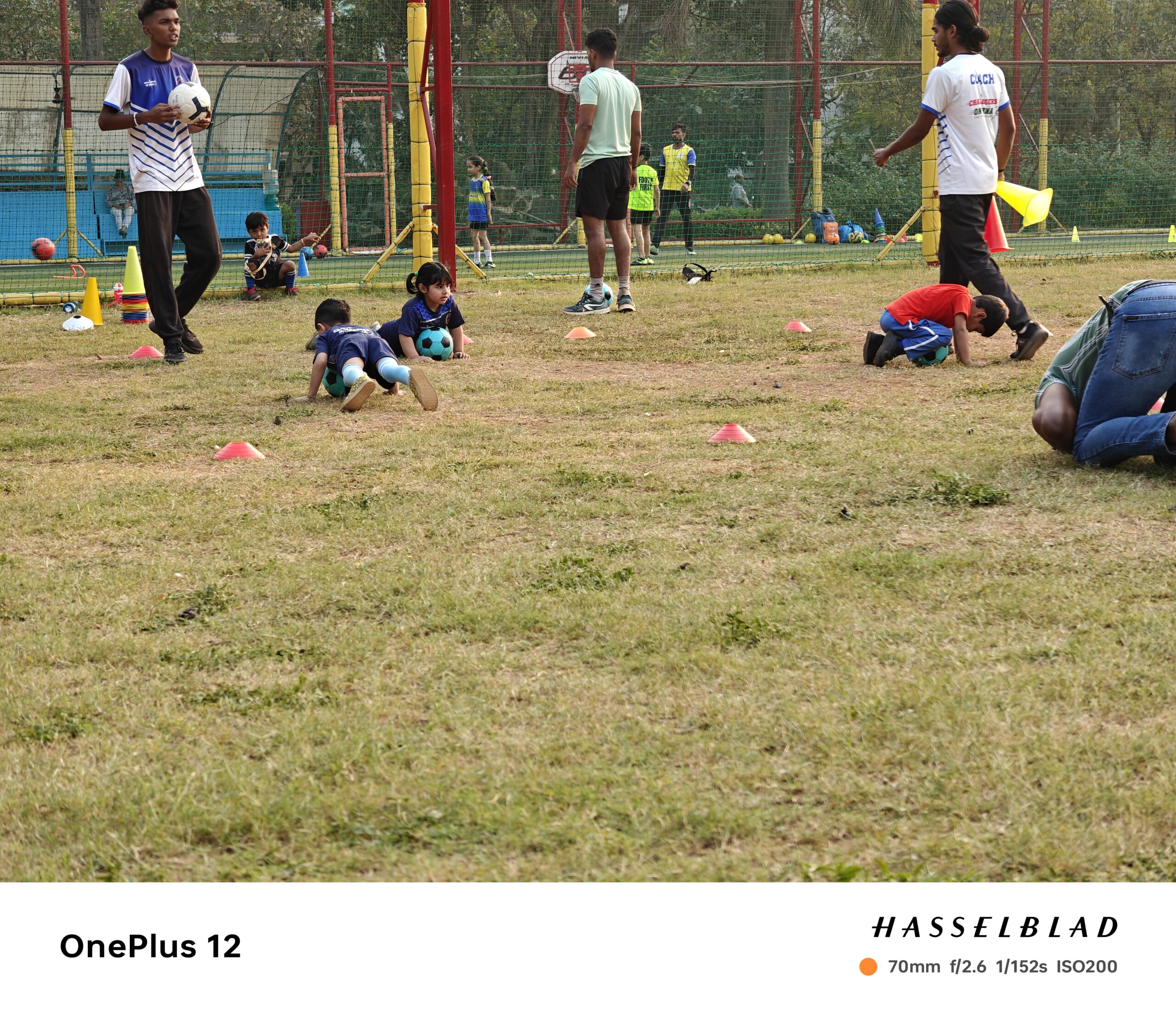
Portrait
For shooting portraits, the 12 gives you the option of three cameras to shoot from and honestly, I found the camera to deliver decent results. Across the different focal range, when shooting people, the images showed reddish and yellowish tinge under the same scenarios, the images are also contrasty sometime.
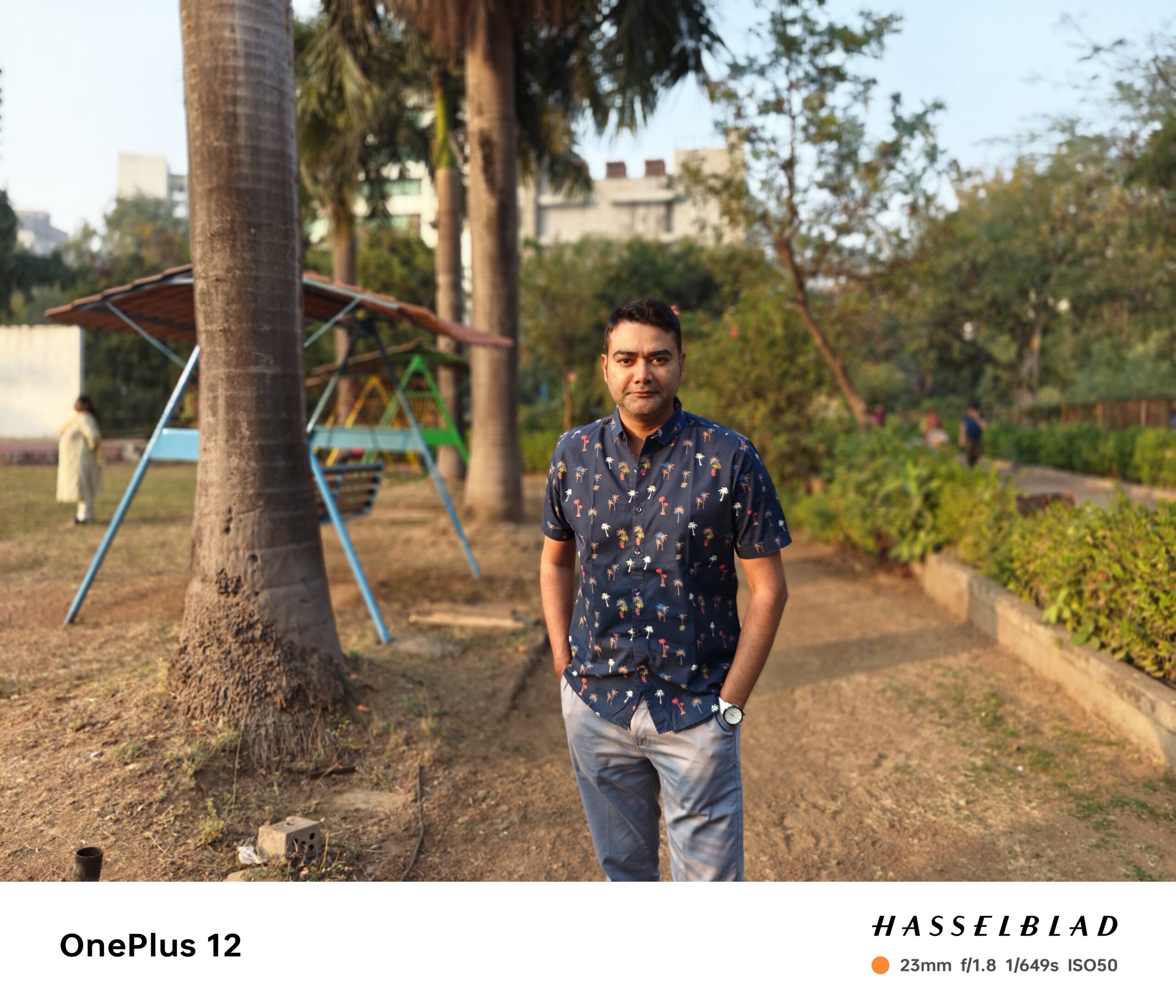


But the edge detection, sharpness and bokeh performance is really good and I am happy that like many phones of today it doesn’t really over sharpen or smoothens your skin. But yes, the performance surely leaves you wanting for more.
Macro
The wide lens also doubles us as the macro lens and the performance from the same is good. It doesn’t have a super macro mode like some of the cameras out there, but the performance from the lens is nice. The colours are vibrant, poppy, may be oversaturated sometimes, but they still look good to the naked eye. Infact I really like the bokeh as well that it was delivering when getting close to the subject.
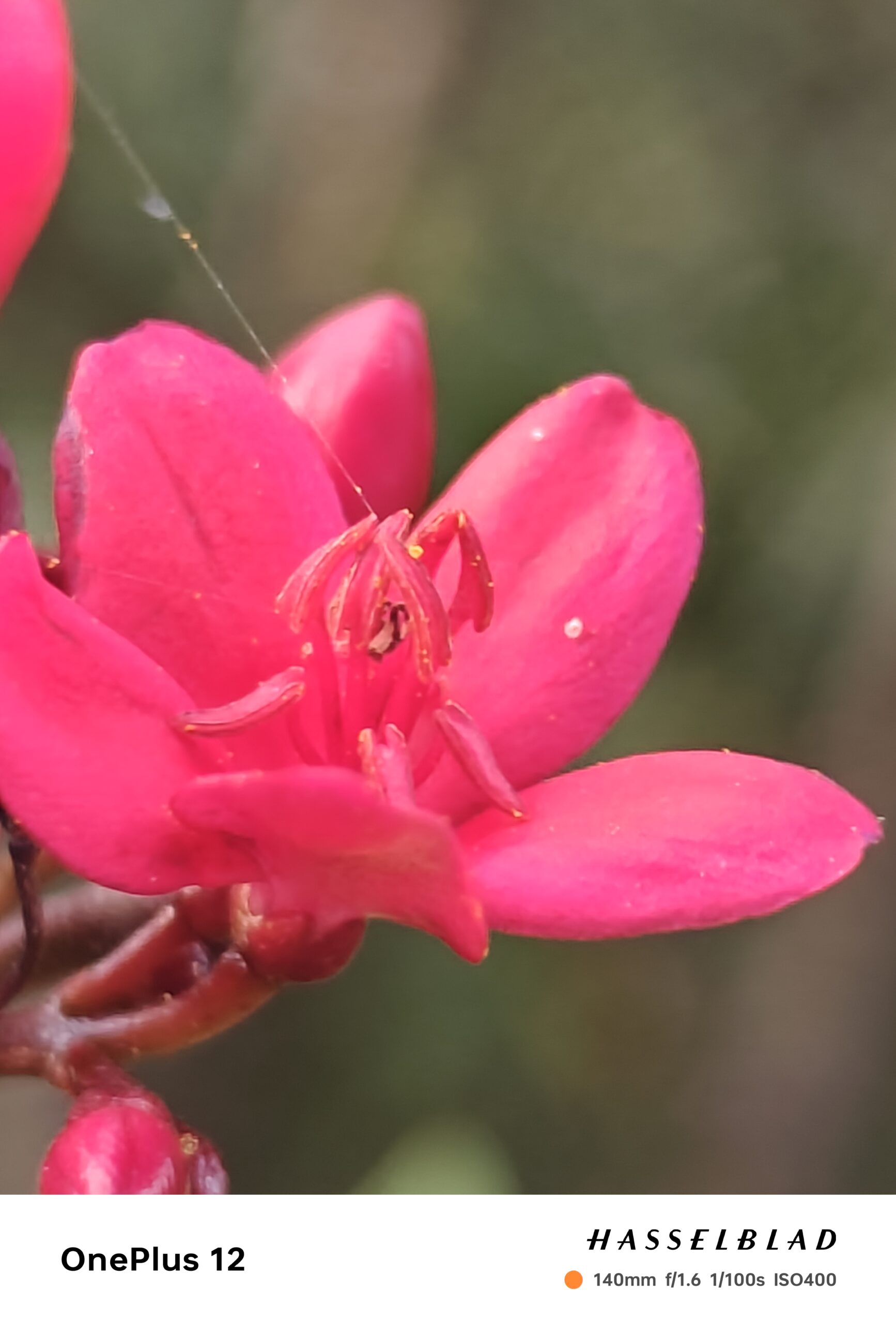
Front Camera
The 12 features a new front camera in the form of 32-MP and it also now shoots 4k as opposed to the Full HD in the 11.
But where they have given the upgraded camera, it still doesn’t give the option to shoot with wide lens even now. The pinhole camera on the 12 has also moved to the centre instead of the left in the 11, which means you can now look straight instead of the side.

The images from the front camera are good and surely a big upgrade from what it was before and this is a big welcome change that I am happy to see in the 12. And in terms of the video as well the phone now shoots 4k upto 30 fps and that a really good sight to see. The performance is also good as you can see from the image.
Video
In terms of video the phone shoots 8k upto 24 fps and 4k upto 60 fps. The output is pretty good, the phone focuses fast and also the stabilisation is also nice. And in this regard the delivers whatever you ask of it, which is a good overall performance in this category.
Other Things
The phone with the 8 Gen 3 processors and the Trinity Engine is really fast and silky smooth top use. The good thing is also that it doesn’t lag as well when you shoot lot photos with the cameras and in most cases it will keep up to everything that you are doing.
The peak brightness is a whopping 4500 nits, and this thing can literally light up the moon as well. Even in high sunlight you will find its usage to be very easy and that’s a great thing.
Conclusion
So how do I find the OnePlus 12 cameras? Honestly, I have been using the OnePlus phones since a long time and I have mixed feeling reviewing this phone. From a general phone perspective this has the makings of being a good phone for the price, but from the cameras performance, for some reason it is just too inconsistent for me as of now. For instance, the main camera is really good and delivers vibrant pics, but the colour varies from the 2x to 3x cameras.
At the time of this review this phone has not received any update yet, and these are things that can easily be fixed with updates, and OnePlus is known to do that as well. So I am hoping that it gets fixed in time because I would surely like to see the Hasselblad and OnePlus team do much better than this.
Text and Images: Bhavya Desai
